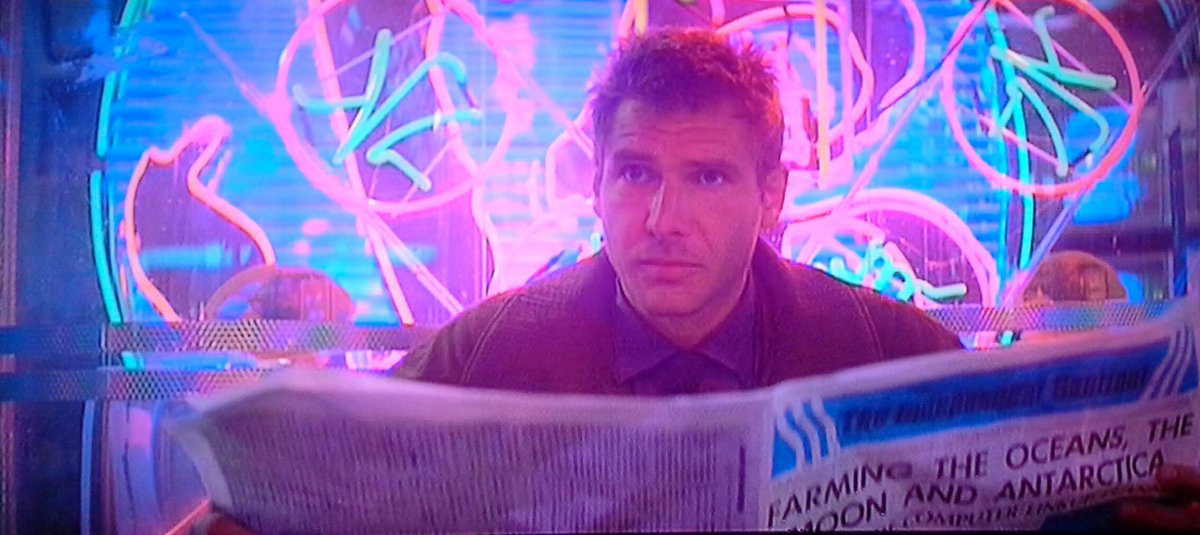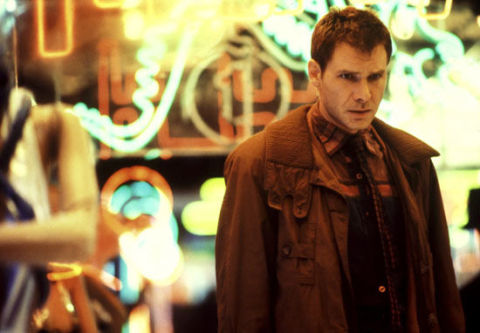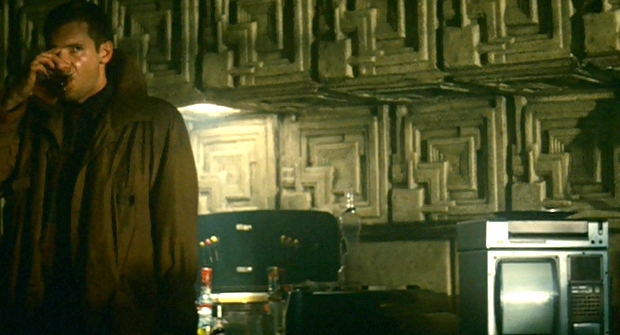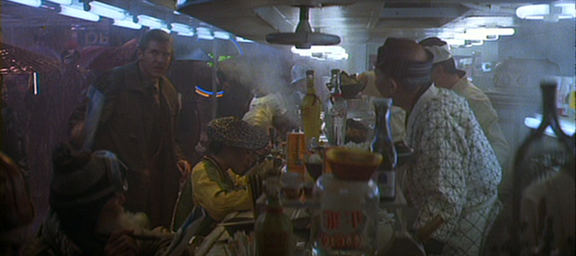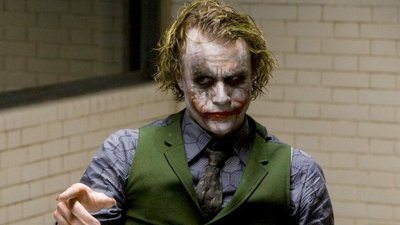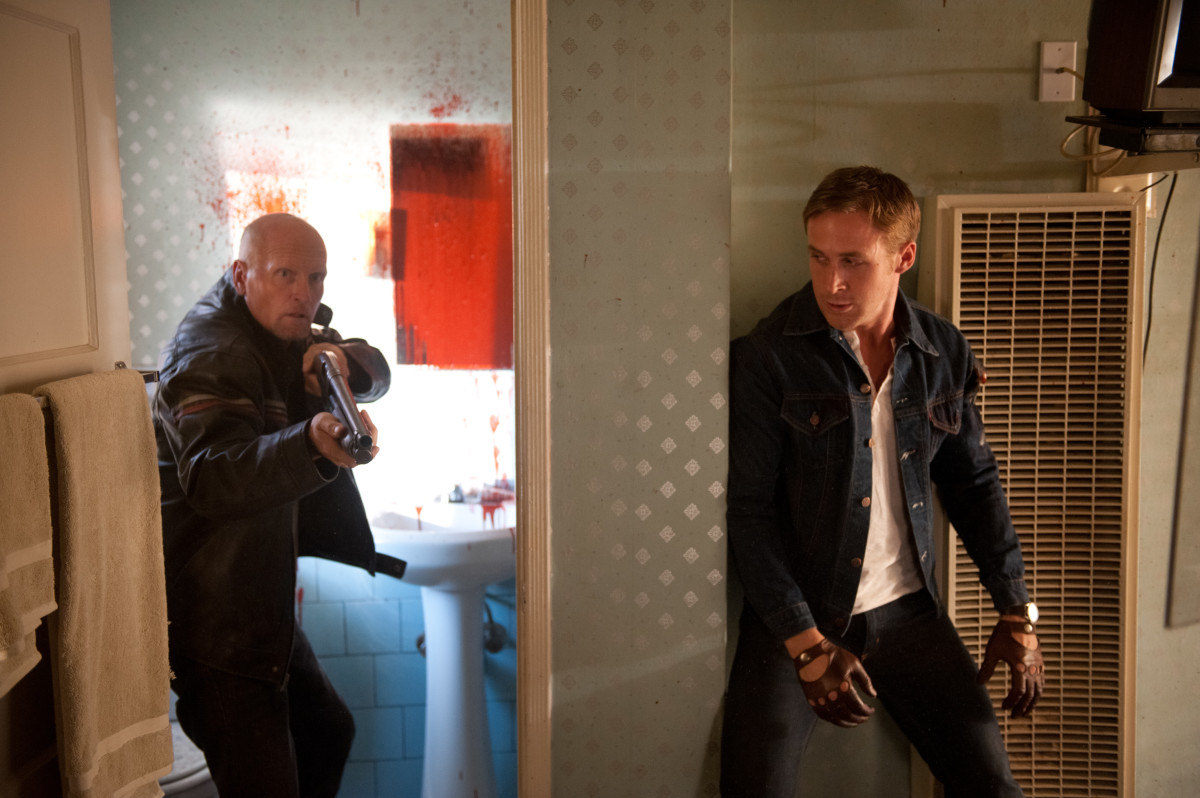Thor (Kenneth Branagh, 2011)
Canted/Dutch Shots:
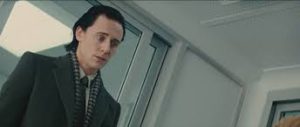
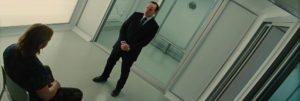
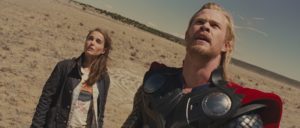
The Director of Thor has stated many times that he was not sure how to shoot the 2011 movie Thor. Along with the director of photography, Haris Zambarloukos, they decided to use a lot of canted/dutch angles. Most of these kinds of shots are reserved for scenes where a character is dazed or confused, as it makes it seem like there is something off-kilter and strange going on. Unfortunately, because there were so many in Thor, it made many elements and scenes in the film feel clunky and not quite right; an effect the director was not after.
The Revanant (Alejandro González Iñárritu, 2016)
Worms eye Shots:

The Revenant utilities very low, swooping low angle shots to portray to the viewer the sense of scale and wonder that surrounds the protagonist. Many filmmakers tend to stick to using telephoto lenses when shooting landscapes, where as director of photography Emmanuel Lubezki, predominantly used wide angle lenses whilst shooting to make the world feel bigger and more life like.
The Dark Knight (Christopher Nolan, 2008)
Low Shots:
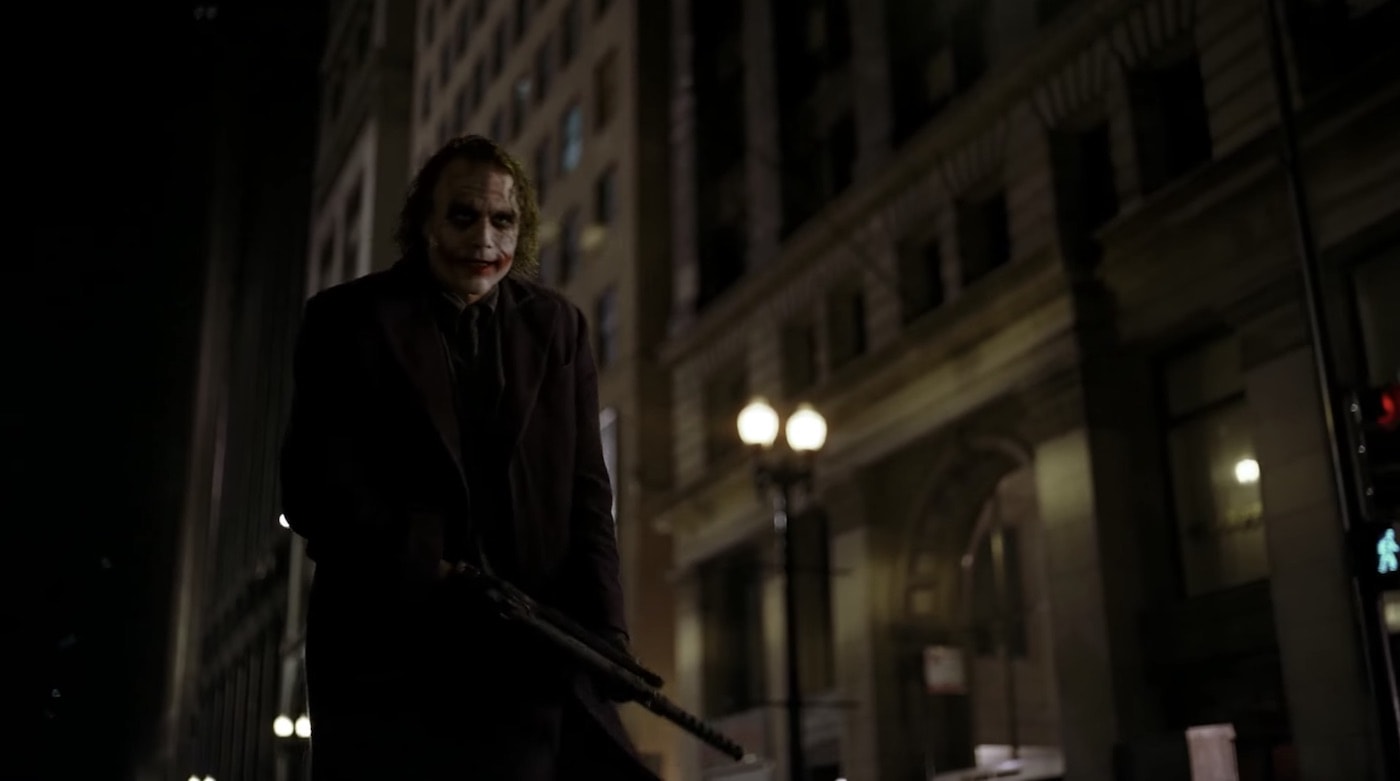
Nolan uses mostly Low and eye level shots when filming the antagonist of the film; the joker. This helps create a sense of humanity to the character and even though he is shown throughout the movie to be crazy, it helps keep the character grounded in reality, instead of making him seem like an over-dramatized villain.


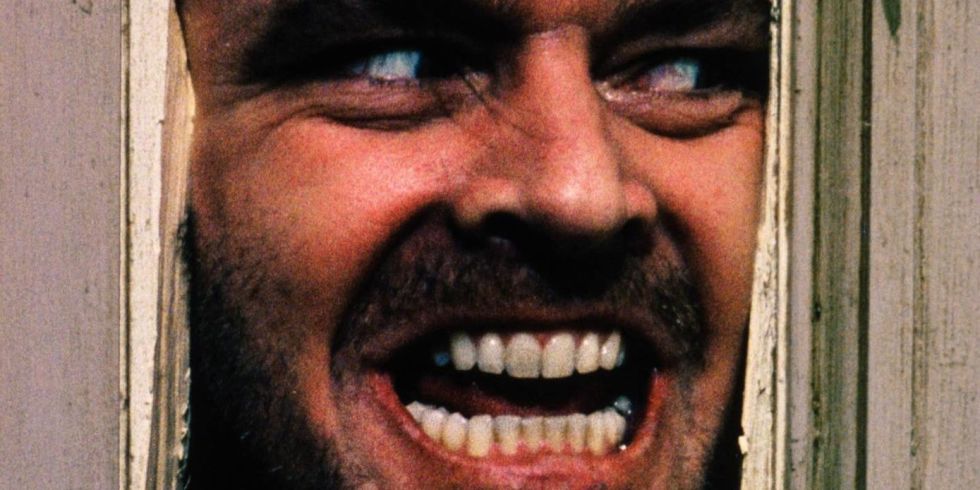
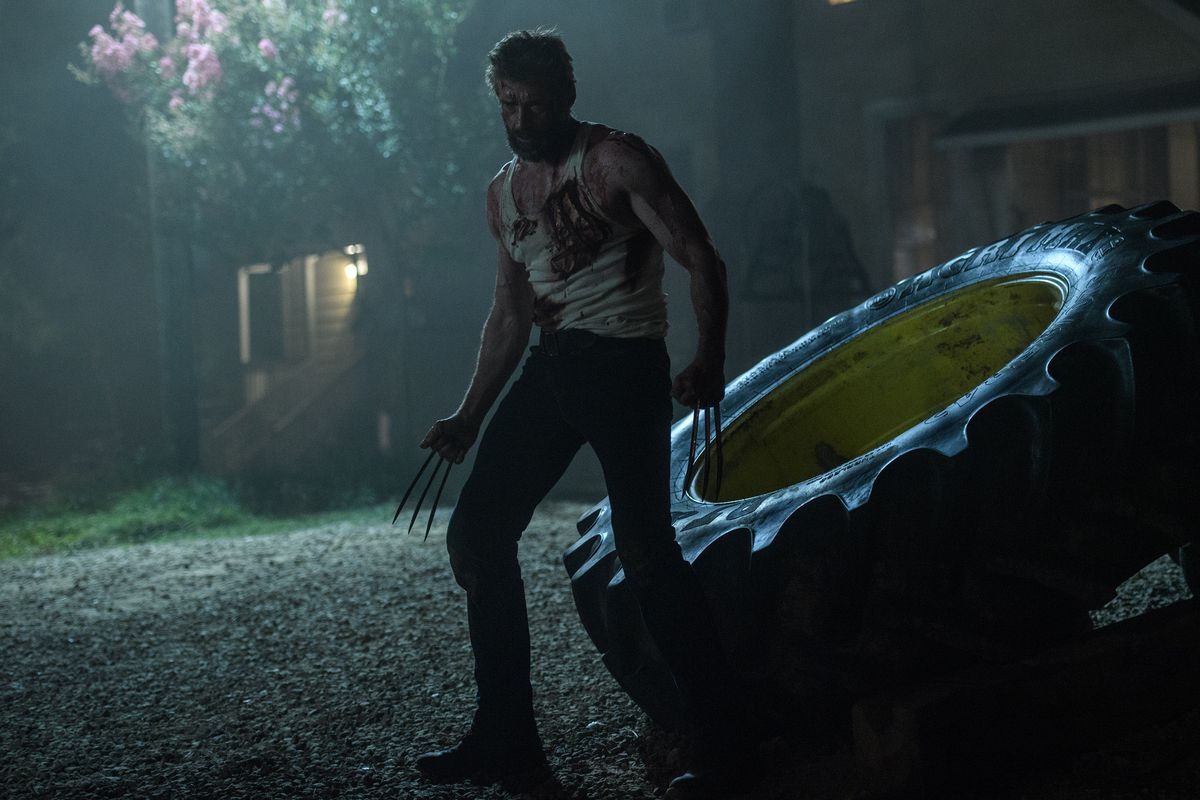
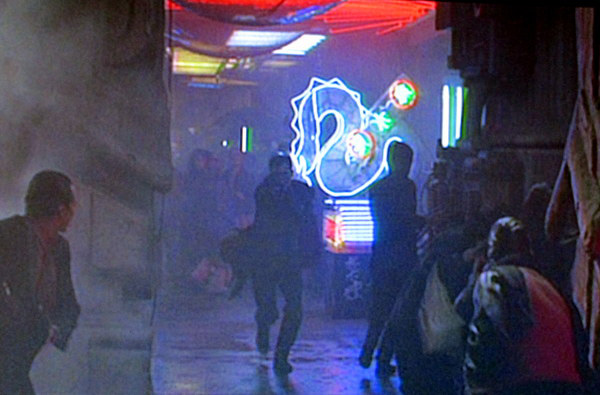 released in 1982, it had critical acclaim due to its realistic looking future (created by Syd Mead) as many people believed that the future would look similar to that of Blade Runner’s. The way that Mead and Scott created such a believable world using neon signs similar to that of the already futuristic city of Tokyo, or the high rise skyscrapers that tower over downtown Los Angeles, all of these elements were fairly accurate to real life and what has happened since the movie’s release. However there were still many elements that Mead was incorrect about such as the billowing smoke towers or flying cars. The introduction to Deckard in this cramped and busy environment, perfectly sets up the rest of the Blade Runner world, and manages to easily immerse the audience into the film.
released in 1982, it had critical acclaim due to its realistic looking future (created by Syd Mead) as many people believed that the future would look similar to that of Blade Runner’s. The way that Mead and Scott created such a believable world using neon signs similar to that of the already futuristic city of Tokyo, or the high rise skyscrapers that tower over downtown Los Angeles, all of these elements were fairly accurate to real life and what has happened since the movie’s release. However there were still many elements that Mead was incorrect about such as the billowing smoke towers or flying cars. The introduction to Deckard in this cramped and busy environment, perfectly sets up the rest of the Blade Runner world, and manages to easily immerse the audience into the film.